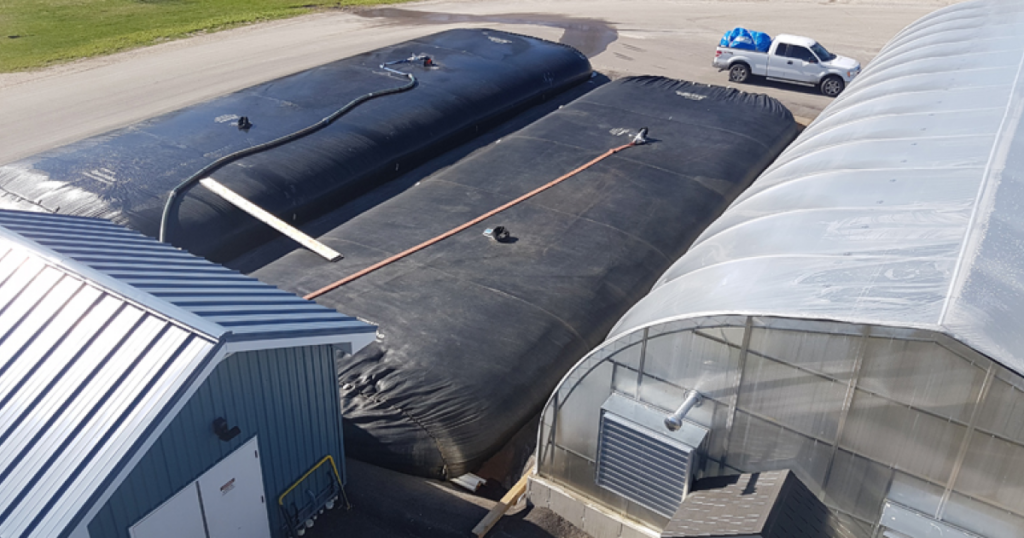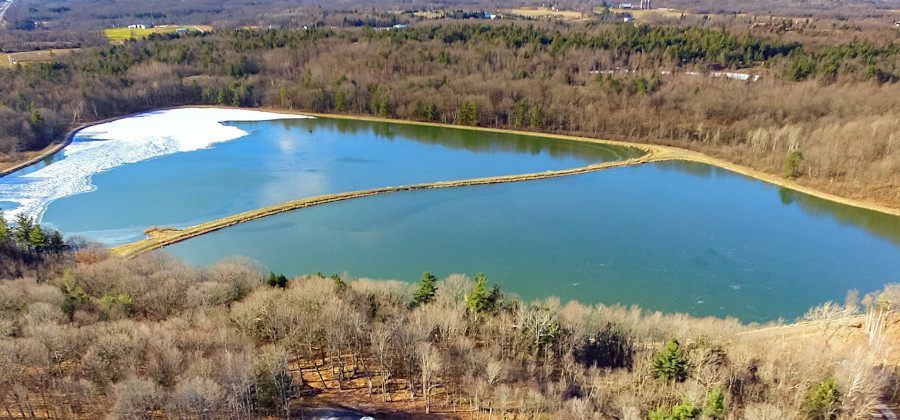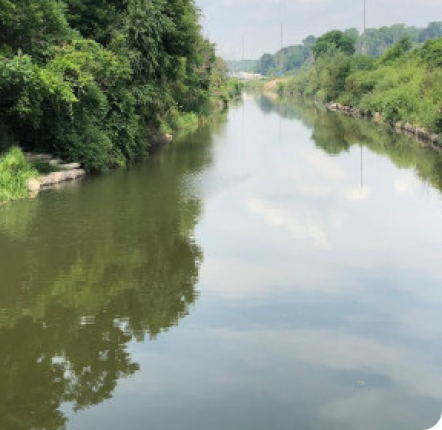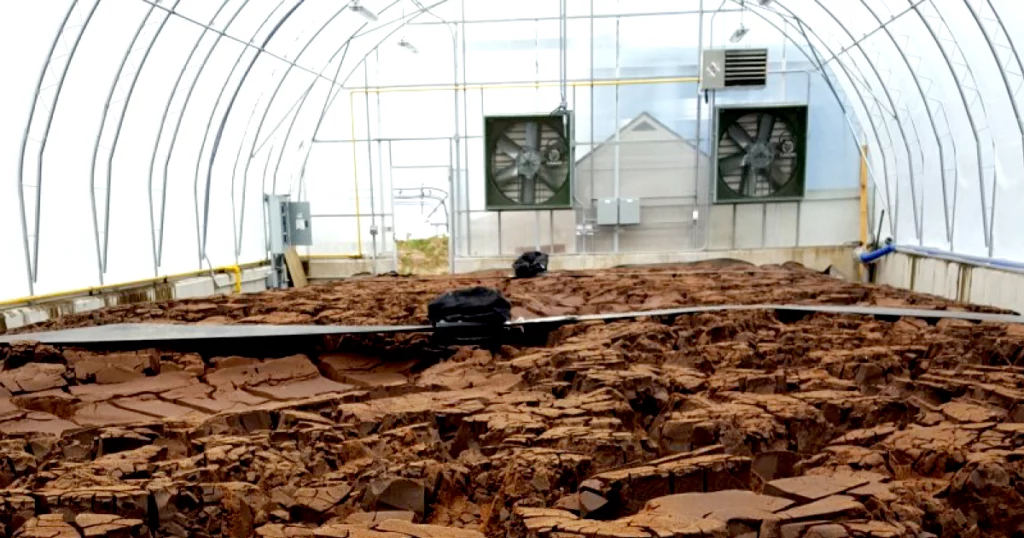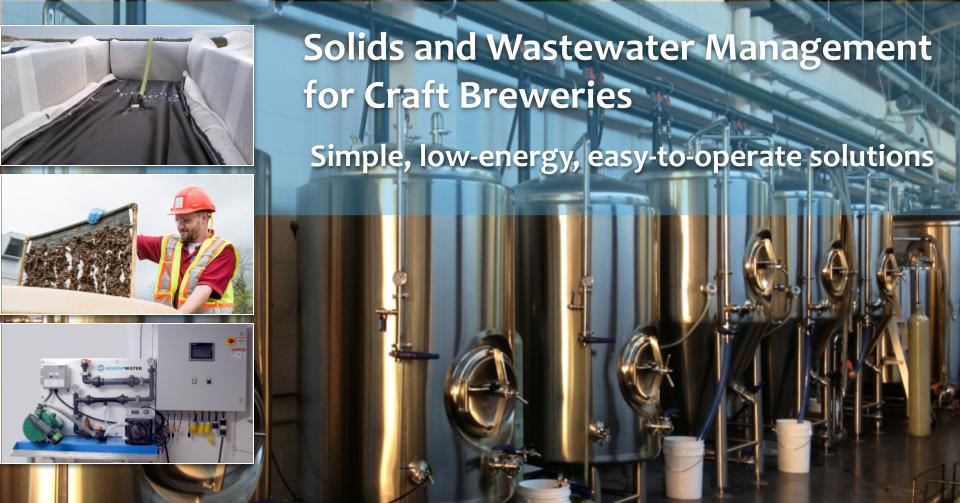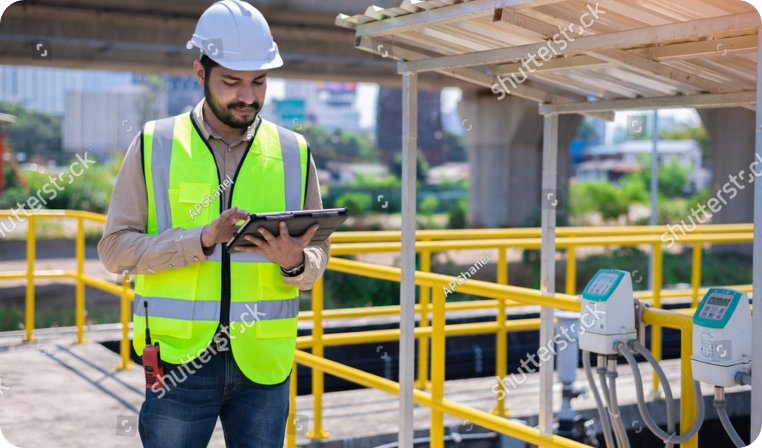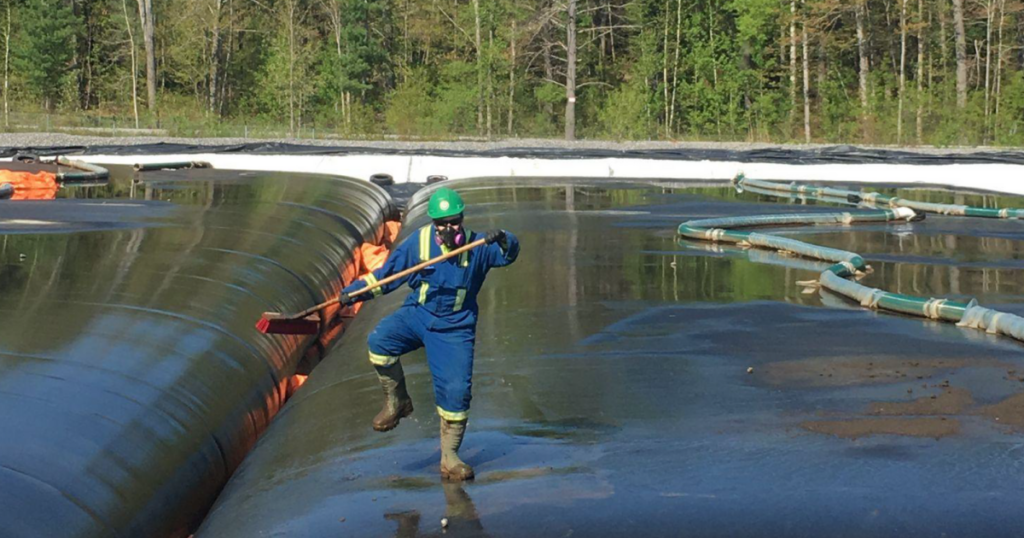
ARTICLE
Mastering desludging projects: A proactive approach
Removing accumulated sludge from a lagoon system is a fast, cost-effective way to restore treatment capacity and performance. But, a successful lagoon desludging project requires thoughtful planning and careful execution to sidestep potential pitfalls that could escalate costs and slow down production.
Navigating these risks requires a comprehensive understanding of the project requirements, challenges and options Here’s a roadmap of actionable steps to steer your desludging project towards triumph.
Set clear objectives for success
Clear objectives are the cornerstone upon which the project scope is built and they enable the project team to measure progress and achievement. These objectives can include the volume of sludge to be removed, duration of the project, budget, disposal or relocation of the dewatered material, communication with the community, and others.
Accurately estimate sludge volume
Perform a sludge survey to learn how much sludge there is in the lagoon and how it’s distributed. There are several ways to measure sludge volume – ranging from very simple (such as sludge judging, which utilizes a PVC pipe with flap foot valve to obtain depth measurements and core samples) to very sophisticated (such as bathymetric surveying, which refers to GPS-controlled, sonar mapping of sludge depth). These approaches can significantly improve estimation accuracy and minimize the risk of underestimation. By aligning initial assessments with reality, potential delays, resource shortages, and disturbances to the local community can be averted.
Perform bench-scale dewaterability testing and polymer optimization
Not all sludge is the same so bench testing is important to select the best polymer, predict dewatering performance, and estimate project costs. It also offers insights to calculate dewatered sludge volume, contaminants of concern and cost-effective options for disposal or beneficial reuse. Striking the right balance is vital for optimal polymer usage, preventing process slowdowns and elevated expenses.
Identify contaminants of concern
Contaminants such as metals or hydrocarbons in the sludge can limit options for sludge removal. Prior awareness paves the way for prudent disposal or repurposing strategies, ensuring adequate resource allocation. Failure to consider contaminants can lead to unforeseen additional costs to remove the dewatered material from the site.
Make a good plan
Identify the location and availability of utilities like piping, aeration, electricity, etc. Aeration systems and other obstacles on land or in the lagoon also have a big impact on how desludging is approached. Determine the method of sludge removal, the location of the dewatering equipment and how filtrate will be managed. Make sure sufficient space is available for trucks and cranes as well as the project equipment.
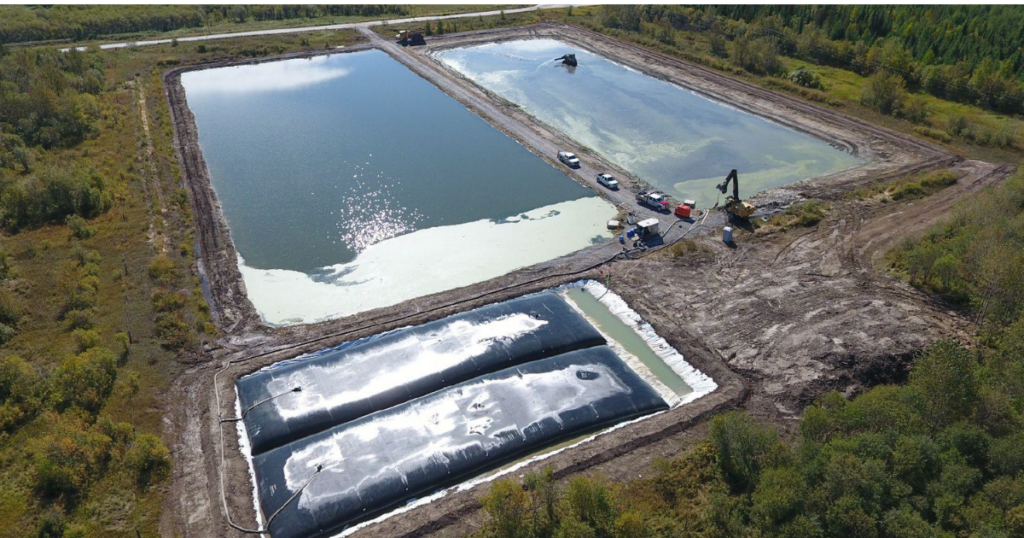
Ask for help
From planning to pumping, Bishop Water provides comprehensive services to develop and deliver lagoon desludging projects. Our Bishop Solids Management Solution is a semi-passive process that relies on Geotube containers, polymers and gravity to efficiently and cost-effectively collect, dewater and consolidate sludge. This process can often achieve faster sludge removal rates than energy-intensive mechanical processes and can achieve similar or better dewatering performance.

